Leica has just announced its successor to its full-frame mirrorless camera, and it just might be a sign they are listening to the demands of professional photographers. The Leica SL2 has a 47.3-megapixel sensor, an updated Maestro III processor, and is capable of 20 fps bursts. It can shoot video up to 5K 30 fps, C4K 60 fps, and has 5-axis IBIS.
The original Leica SL hit the market in 2015 with several interesting takes on what a mirrorless full-frame camera could be. Last year, I took the SL for a week in the desert and was surprised just how well the three-year-old camera performed. However, the mirrorless market is a lot different today, with a lot of competition, with even higher demands from photographers.
Full-disclosure, Leica invited me to the press release event at their HQ and made available a pre-release demo model for my testing. However, the opinions and following review are mine alone, and Leica hasn’t had any influence or feedback on my review process or this article.
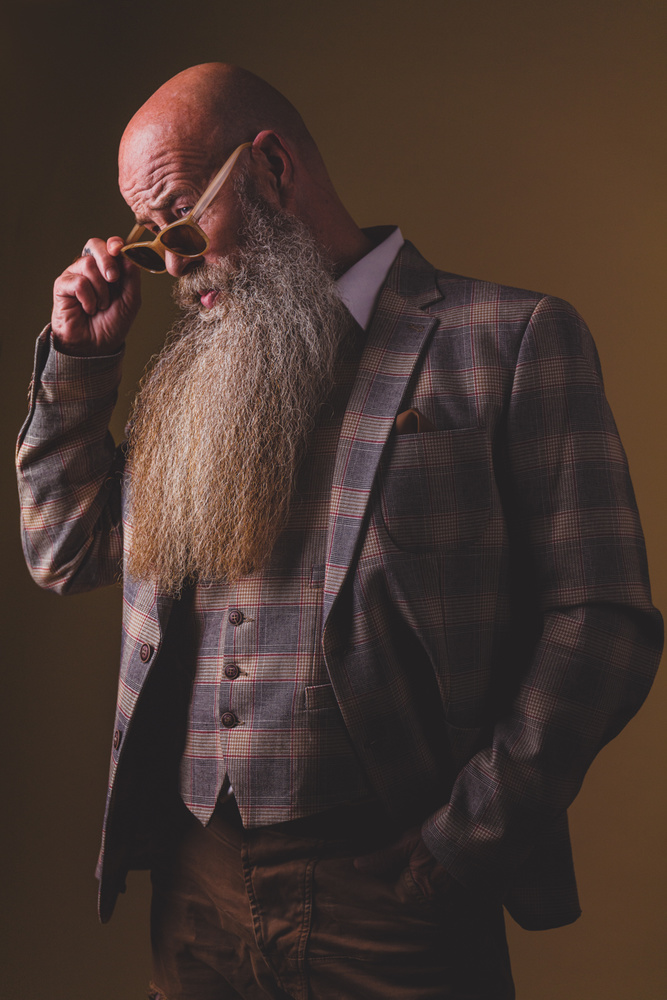
Photo Credit: Michael DeStefano
Before we get to my impressions, let's break down the technical specs. Right away, one of the biggest improvements is the move to a 47.3-megapixel CMOS sensor over the old 24 MP one. There is a new Leica Maestro III image processor with a 4 GB buffer, capable of 20 fps burst capture up to 78 raw DNG files. Raw files have a bit depth of 14 bits and an ISO sensitivity up to 50,000. A new 5-axis image stabilization has been included, using sensor shift technology. This is an improvement over the lens only stabilization on the SL and also adds stabilization to any lens that doesn't have it already.
The SL2 continues the use of the L mount flange and the eight newer lenses, five primes, and three zooms, that Leica has released since the original SL. But it also includes use with Leica TL, M, S, R, and their many Cine mount lenses, totaling more than 170 compatible choices. Also, as part of the L-Mount Alliance, you can now use many of the lenses made by Sigma and Panasonic, creating a considerably large ecosystem for the SL2.

Photo Credit: Michael DeStefano
On the video side, Leica has set out to create a mirrorless body that can take full advantage of its growing and extremely high-end Cine lenses. With a dedicated Cine mode you can have the Shutter angle instead of aperture, ASA instead of ISO, and with a Cine lens attached, set T-stops instead of f-stops. You can shoot in a variety of video formats, including 5K 30, 24 fps, Cine4K 60 fps, 30 fps, 24 fps, 4K 60 fps, and 1080p up to 180 fps. It has 8/10-bit recording to SD card and 10-bit via the HDMI output. The SL2 has a lot of other video tools that will please cinematographers, like zebras, focus peaking, safe overlays, and 3.5mm headphone and mic jacks.

Photo Credit: Michael DeStefano
Additionally, there is a new, upgraded EyeRes OLED EVF at 5.76 MP and a larger 3.2” Gorilla glass touchscreen LCD display. It has built-in Wi-Fi, Bluetooth, GPS, and works with the Leica Fotos mobile app. It has dual SD slots that accept UHS-II cards. Like the previous SL, it is weather-sealed, to which I can attest to having used it in the rain multiple times with no concern.
The Leica SL2 will be available beginning November 21, 2019, at a retail price of $5,995.
Build Quality
At first glance, the SL2 looks very similar to the SL, but it has undergone a complete redesign both externally and within. One of my complaints with the original SL was its overall looks; it didn't seem like a Leica. That was something Leica sought to change in their redesign, looking to cameras like the Leicaflex and R3/R4 bodies for inspiration. With this in mind, they adopted several traditional characteristics, like the three-part body split and changed the geometry of the top cap.
Before: Leica SL2 After: Leica SL
The body is now split into three parts, made up of an anodized aluminum top and bottom plate, while the main body is machined magnesium. The main body section is completely wrapped in a leatherette material, similar to how the grip was on the SL. The grip itself now has an ergonomic indent that makes holding it much more comfortable. The aluminum top plate has been changed to have a much cleaner and more traditional Lecia feel. There is no longer a small bump on the left side, and the geometry of the viewfinder is more reminiscent of the older Leica 35mm SLR bodies.
All of these seemingly cosmetic changes do have a purpose, though. Even though the ultimate dimensions of the SL2 are very close, if not a hair smaller than the SL, it feels and looks considerably smaller in your hand. The new grip no longer feels thick and bulky. There is a finesse to the body lines that make it seem thinner and less blocky. The full textured wrap gives it a warmer feel and really ties the overall look together. All of these changes were done to make the SL2 a much more ergonomic design while also adding a floating sensor for IBIS without increasing its size and weight. The internal redesign and engineering that went into accomplishing this is something you don't typically see in other cameras.
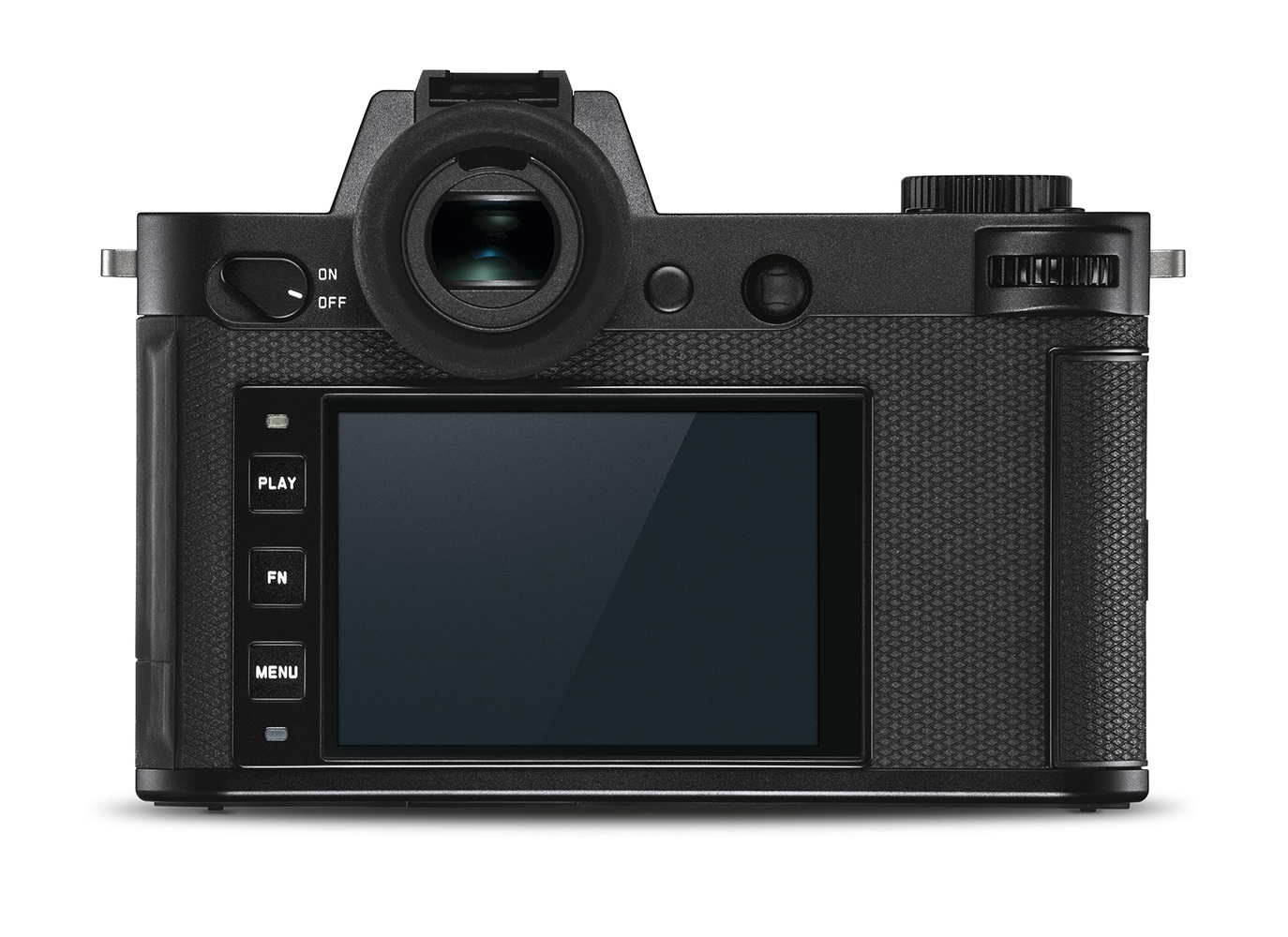
Controls
The back button controls have changed from four to three in the same style as the new Leica Q2 to maintain consistency across several devices. It still has the minimalistic look you get with most Leicas. Something I noted in my review of the SL was how the controls and dials seemed less intuitive than other cameras, which this new layout I think improves upon a lot. A lot of the controls can still be customized with user profiles, and they kept my favorite feature, the thumb joystick.
The menu GUI has gotten a major redesign and is now split into two photo/video-dedicated modes. I absolutely love the new design, and it made for switching all kinds of settings on the fly very fast. Making photo and video separate displays is a great way to make sure the exact settings you want are easily and quickly accessible. I really hope we see more camera companies in the future put effort into their GUI.

Photo Credit: Michael DeStefano
Autofocus
The autofocus on the SL was already fast, so they improved on the face/body detection with a new object-detection system capable of 480 fps AF control. I tested it out on some flying geese as well as in the studio with a spinning model, and I was very impressed. Admittedly, face and eye detection isn't something I use very often, but it did exactly what it claims, and even when I tried to trick it, I still walked away with correctly focused images. Combined with Leica’s SL lenses with their dual syncro drive focus motors, the AI detection is a powerful combination of speed and accuracy. I unfortunately only had limited time with the camera, but I hope to test the autofocusing system with some more demanding sport situations as well as see how well it works with L-Mount Alliance lenses like Sigma’s.
Full-frame shot and 100% crop
Photo Credit: Michael DeStefano
Image Quality
The larger-megapixel sensor combined with the Leica glass makes for some amazingly sharp and detailed images. I was a fan of the image quality on the SL, but the increased 14-stop dynamic range and flexibility of the larger files really gives you more options when editing. I wasn't able to really push the raw images in post, as at the time, Adobe hadn’t yet released camera profiles, but I’m pretty happy with the images so far with very little editing. It is hard to compare the image quality to other cameras because of the high quality of lenses you can use with the SL2. Putting an M mount lens on it or even one of the SL primes really changes the feel and characteristics of the images. This is something I hear from Sony users who use a lot of older lenses adapted for Sony mount. However, the overall color depth and richness just have a feel I don't see when using other cameras. When I’m working a job, most of the time, I know I’m going to get the look I want in editing, and I don't put much thought into it while shooting. But when I used the SL and now the SL2, it just stands out to me, and I even find myself shooting differently and composing around how the image makes me feel.

Photo Credit: Michael DeStefano
My one concern with image quality is whether there was any sacrifice in low-light quality with the larger-megapixel sensor. I didn't have any opportunity to push the ISO and see just what the upper limit was or how much noise there is at 6,400 and higher, that and not having the raw profiles for editing. The SL really impressed me with its low-light capabilities, and shooting low-noise images at 6,400 is something I have come to expect when shooting E-sports events in poorly lit venues.
What I Liked
- Amazing EVF
- 20 fps burst
- New visual design
- iAF object detection
- 5K 30 fps and C4K 60 fps
- Improved haptic feel and ergonomics
- New photo/video GUI
- L-Mount Alliance
- USB-C port
What I Didn't Like
- Fixed screen
- Battery life
- Giant battery charger
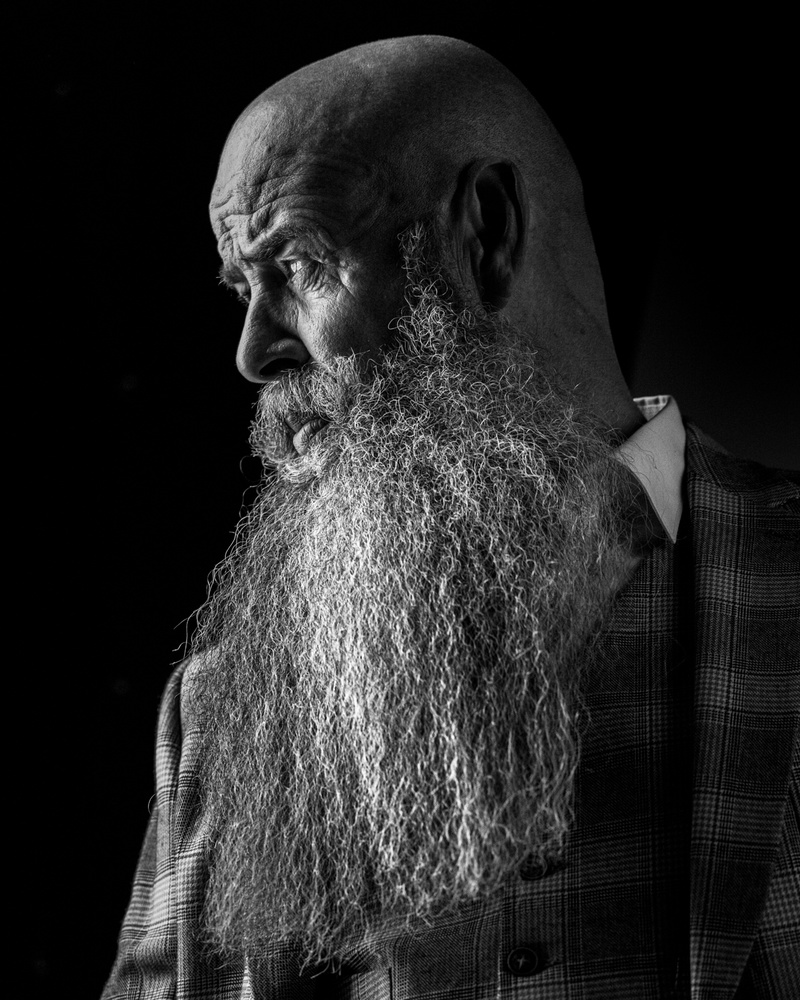
Photo Credit: Michael DeStefano
Conclusion
If the original SL was early into the mirrorless market, then the SL2 is well timed. When the SL was released, it was priced at almost $7,500 and then lowered two years later to the now $5,995. The fact that the SL2 is being released at the same $5,995 price point shows that Leica is trying to make their pro body mirrorless camera more competitive in the current market. It is priced comparatively to both Nikon and Canons pro-level DSLR’s and has flagship level pro features that many of us have come to expect. If Canon came out with a pro-level mirrorless body today with the Leica SL2’s specs, I’d be pretty happy, and I’d also expect it to be in the $4-5K price range. So, I don't feel like Leica is far off. Leica has never been a budget-conscious photographer's brand, but they do make cameras that last a long time, remaining relevant. They are fully metal constructions that are built like a tank and can take a beating. My Canon can take a beating too, and it does, but after a few years, the wear and tear starts to get in the way of the job, and I have to replace it. The SL shooters I have met don't have that issue, and the SL2 will maintain that quality. Not to mention that the higher price reflects the fact that Leica cameras are manufactured by real people, machined, and assembled by hand in Germany. That is something no other camera manufacturer can say and something that we are often willing to pay a premium for in other industries.
Leica has seen that video features are important to a lot of working photographers these days and not only offered competitive features, but designed a user interface that makes shooting and switching between stills and video more fluid.

The biggest hurdle for most photographers into Leica has been the initial cost of lenses. At a minimum, as a working photographer, I’d need at least three lenses to get by, and with Leica's glass, that is no cheap investment. The L-Mount alliance changes this. Not only does it open you up for more possible lens options, it offers some decent quality lenses at affordable prices. I’m very interested to test and see how Sigma lenses do on the SL2. I could easily see two Sigma zooms with two older Leica primes being a nice setup at a decent price. If you already had a couple of Leica lenses, this would make it even more appealing. Camera bodies are reaching a tech saturation point, where we just don't need to upgrade them that often. The quality of a camera's build and how long it can take a beating is quickly becoming more important to me. As the Leica SL2 ecosystem becomes larger, with much more options, I think more photographers will see it as a viable alternative in the current market.

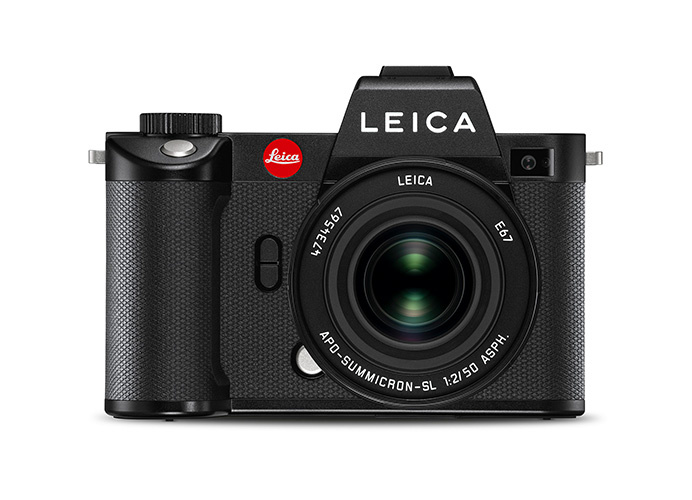



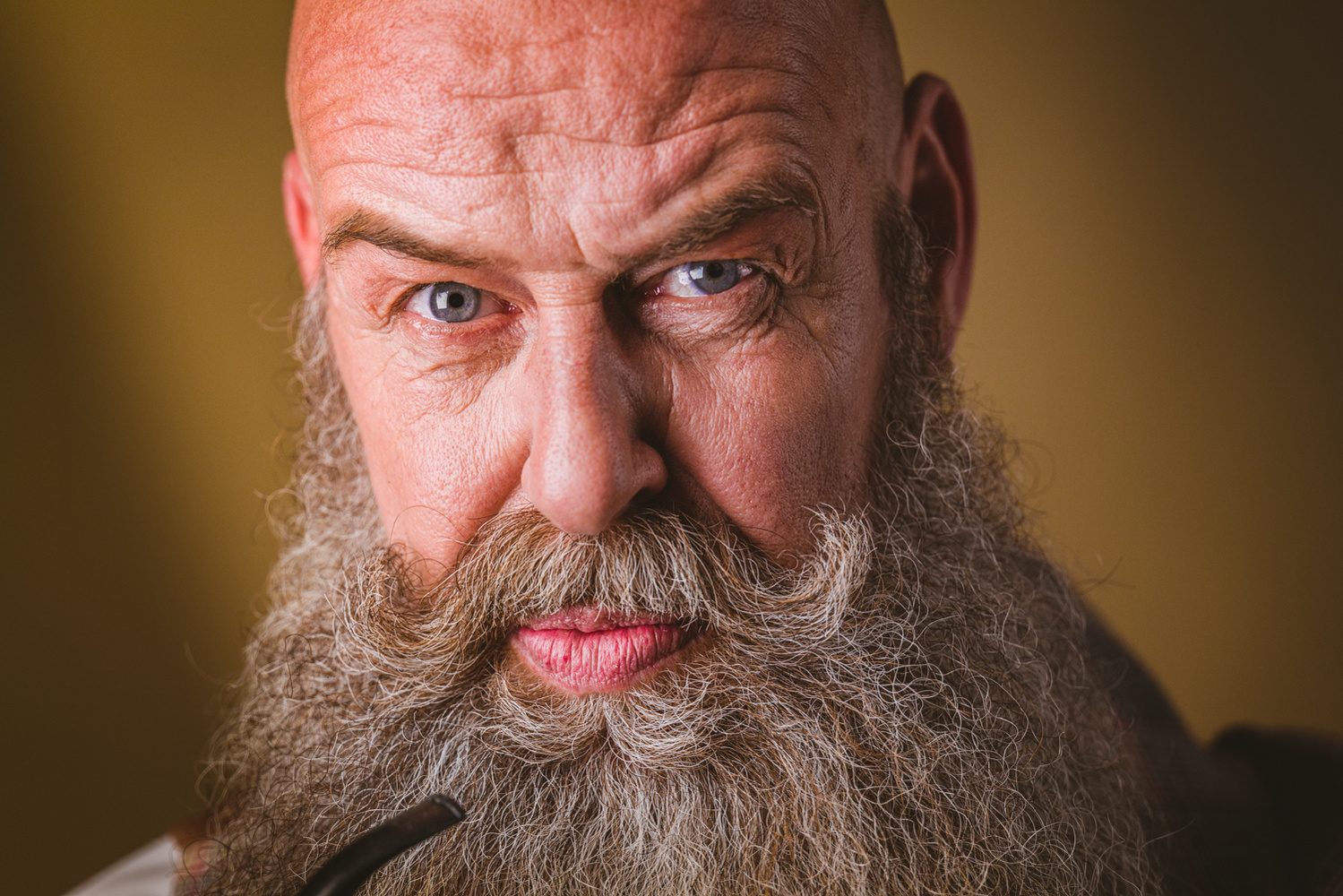













Michael, thanks for your review. Thoughtful and precise. That seem to be a perfect camera. 🔴❤️
20 fps on a 47-mp sensor. WOW.
Never thought I’d say this but yes, this is an incredibly reasonably priced Leica. The features it offers seem excellent and it’s a beautiful design, inside and out. Totally makes me GASsy. 😆
Another camera that 3 customers will actually buy, maybe 5.
Very good review, thanks for posting it. I will most likely be getting one soon.
How compatible are the metals used in the new Leica SL2? Are they special alloys? If not, how will the SL2 withstand corrosion?
What a great experience ... TWO Things I really like to know to decide buying SL2 or X1D II :
1- How do "M" lenses work on it? I read they have done something fancy for adoption of M lenses that is more than an adapter, so I like to know if same "M" lens on SL looks better on a SL2?
2- To me for skin tones SL wasn't working, there were some weird tints of blue an green mixed up ... So gotta know if the SL2 has the same issue on the sensor or not, probably not because it is a new sensor.
Thanks Blake. The first I think I can answer although it is a very tech question. You do need an adapter to use other Leica lens mounts like the M. My understanding is that they reshaped the microlenses placed above the sensor to better allow more directional light to hit the sensor when using lenses like M series lenses. This allows the lenses to affect the sensor in a similar fashion to how they would be mounted to an M camera.
The second I think is something that you'd have to test yourself as it might affect you more than me and isn't something I have noticed in my use of either camera. I'd recommend going to a Leica store where they will let you play around with it and take some files home to test.
What guts are new and which are pani S1R??
It’s a cool piece of kit at not an awful price but it makes me wonder when the sensor is same and lenses are interchangeable why pay the premium over the S1R?
there is no simple single answer to your question, I afraid. humans generally have very similar dna composition and body structure, differences on a large scale are negligible, but that does not mean that we could pick a business/life/etc partner at random. There is a law of diminishing returns: if Lumix does for you the most for a fraction of the price and that choice makes you happy then you know what you should do. good luck finding your answers.
PS I’ve tested both.
Guys, it's just a reskinned s1r. Don't drink the coolaid.
It could be if it is what you want to think. Have you tried any of them? Whats your experience with Lumix?
That's some post modernist interpretation of the truth you've got there buddy. They have the same specs, same components.. Obviously a company like Leica is in no position to develop that camera on their own. Rolling a custom image processor is just too much. That's why they are partnered with Panasonic.
I see why you would think this because I bet they are helping each other with the sensor tech. But like you said look at the specs. S1R shoots 9fps 40 Raw files continuous to SL2 20fps 78 Raw files. S1R shoots 4k 60fps at 8 bit internal/external while the SL2 shoots 5k 30fps, C4k 60 fps and 4k 60fps at 8 and 10 bit internal/external.
They may share a lot but Leica has a much faster processor with a bigger buffer and pushed the video capabilities much father than Panasonic. Maybe none of this matters to you and the S1R is the better deal but it isn't for everyone and it definitely isn't the same camera. There is plenty more internally that isnt the same but just based on specs as you say they are different.
Paying attention to what I wrote is too much to ask, but that's not what I'm saying at all. Leica is too small, they can't afford to design and manufacture high end semiconductors. Everything significant in that camera is likely engineered by Panasonic. They have the same sensor, probably the exact same processor, just with different features enabled, probably shares some code as well. Even the pinout for the grip matches! Again, don't drink the coolaid. Leica contributed the terrible ergonomy, the menus and pricing.
1st of all half the major camera companies don't design there own tech so what does that matter. If Nikon made a better camera than Sony using Sony's sensor and charged more people would buy it because it was better. Some people would buy Sony because it was good enough. Leica shares tech with Panasonic Leica improved on what Panasonic was able to do with that tech. On top of that Leica did a lot of engineering and programming to make their camera very different. The internal glass over the sensor was specifically reshaped to work better with a wider range of Leica lenses including M mount and Cine lenses. The entire camera is hand-assembled and machined by specially trained workers in Germany instead of an assembly line of robots in a factory.
Both cameras are really good but they are not the same no matter how much they share. If you want the video options that Leica offers at a cheaper price you cant get them in the S1R. Panasonic didn't engineer the top dial to be magnetically driven so that they could get an IP54 weather rating.
Also, Apple iPhone camera sensors are made by Sony, then why don't you buy Sony Xperia? That's bc iPhones are designed better
A Panasonic camera with a Leica badge...
why not? still sl2 is a step up from s1r
I think it's more accurate to say the Panasonic is a crippled Leica since the Leica specs are better. Both have positive and negative aspects that each user has to way for their own needs but they are not the same camera.
except if you took it apart most of the guts would have a panasonic part stamp on them. Good on leica for improving the specs and no doubt designing a more capable camera but I gotta think with basically same sensor and same lenses you will get basically identical results with an S1R (except burst rate obviuosly)
You realize that the sensor is pretty much a very small part of the image processing pipeline. I can program 3 identical sensors to read completely different across 3 cameras. Phase, Hasselblad, Leaf, (and now Fuji) all share sensors and render images completely different. There’s so many components, both hardware and firmware, that affect the final output that you’re completely ignoring. So no, it’s not “just the guts of a Panasonic”.
The processor and firmware are a critical aspect of raw data, but in this day and age unless you just want to work with jpegs out of the camera or do basic raw processing raw data is readily tune-able, albeit some cameras make you work much harder at it (cough*Canon*cough).
It'll be easy to make it look like an SR1. ;-)
This comment is spot on. And shooting the S1R and SL2 side by side confirms this. The SL2 is visibly 'crisper'.
Anyone know if it is possible to adapt Sony FE glass to this body?